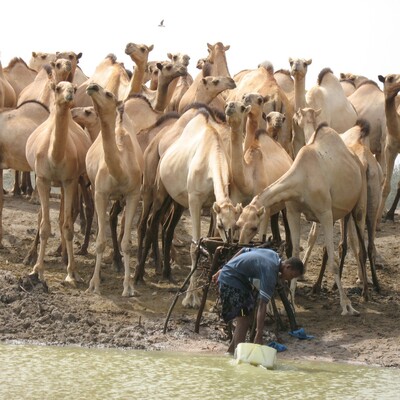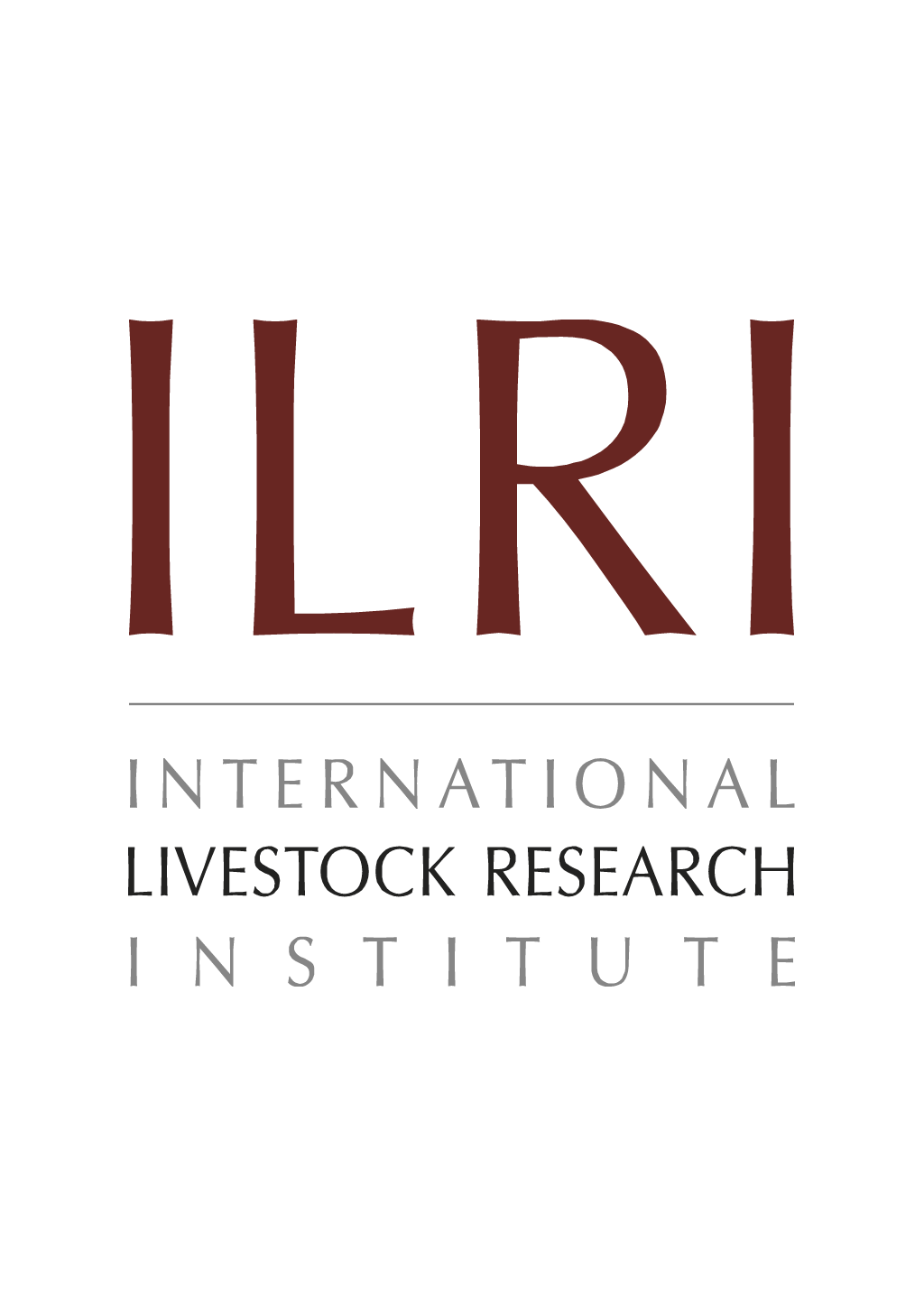
Calotropis procera with emphasis on its use as a milk coagulating agent. A review
Abstract
Developing countries possess a large proportion of the world's livestock population. However, compared to developed countries, overall milk production from these areas is very low. Importation of milk and milk products by most developing countries has been increasing due to increasing demand and increasing human population. Milk is a high nutritious but also a highly perishable product. A number of strategies have been adopted to improve milk production efficiency from animals in developing countries. In most cases however, strategies for improvements in milk production do not incorporate appropriate handling, processing and marketing systems. Although the annual output of milk in developing countries is relatively low, there is a substantial amount of wastage of products due to mishandling, inappropriate and inefficient processing procedures and poor marketing systems. Milk can easily be coverted to a range of products to increase shelf-life and to provide additional opportunities for improved in come to the smallholder. One such product is cheese. A number of varieties of cheese are produced in many developing countries. Most of them are classified as soft-cheese or cottage cheese due to the type of coagulum produced and the moisture content of the cheese. Commercial coagulating agents, such as calf rennet, are too expensive for many smallholder farmers in developing countries. There is a strong need to find cheap, safe and easily available milk coagulating agents for use under such production systems the tropical plant Calotropis procera (C. procera) has been traditionally used as a milk coagulant in some countries, e.g. Benin, Nigeria. This review highlights work on C. procera regarding its multifunctional use in human medicine and special emphasis is given to the milk coagulating properties of C. procera in the cheesemaking process.
Citation
FAO World Review of Animal Production;31(1-2): 17-24




